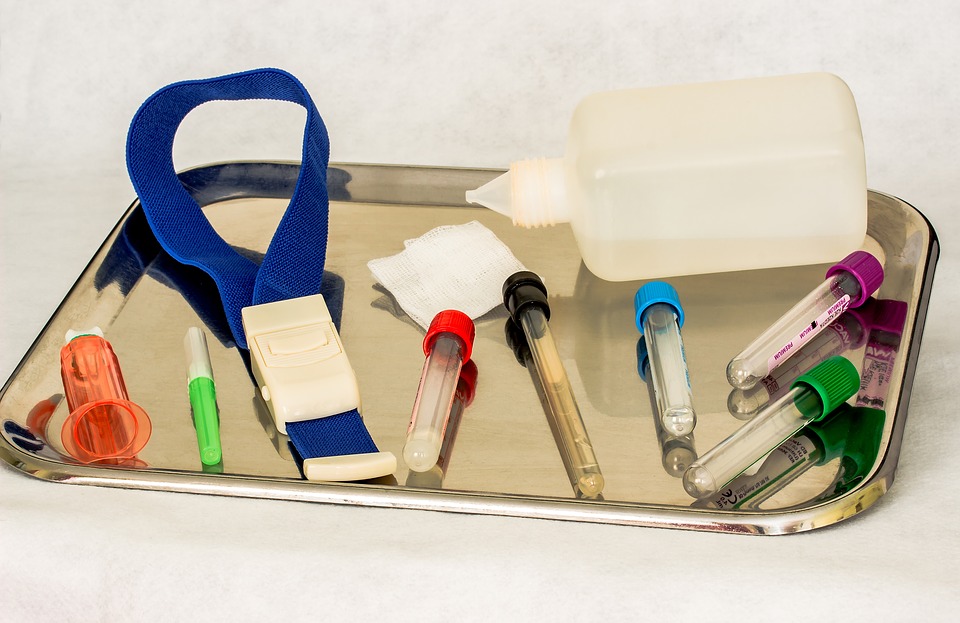It doesn’t matter if you are interested in collecting in house blood samples or samples through clinics, pathology centers or even hospitals.
Irrespective of why you are collecting blood, you need to have proper knowledge about the types of tubes for blood collection so that your purpose is suited. The first and most important thing that you should be doing is checking the protocol. For instance, some of the ELISAs are going to specify the kinds of samples, which you can and cannot use. However, if the protocol does not specify anything, you need to understand the types of blood collection tubes that should be used.
Serum tubes
Firstly, it is your duty to figure out as to whether you are going to collect serum or you are interested in preventing the blood samples from clotting. You should not confuse plasma with serum, despite the fact that they are both liquid parts of the human blood that do not have any cells and are obtained by centrifugation.
Basically, after the blood clots, what remains intact is serum. It is an ideal way of identifying proteins, hormones, lipids, electrolytes, etc. These markers are normally stored for a number of days within the refrigerator.
Serum tubes are known to contain silica particles, which are responsible for activating clotting. Few also have gels for separating the serum. If you are interested in identifying a particular protein, which does not require coagulation, this is definitely one of the ideal places for starting.
Thrombin-based clot activator tubes are orange in color. Orange tubes are capable of clotting the blood within 5 minutes. They are used for those tests, whose results are needed quickly.
Anticoagulant tubes
These kinds of tubes are required if you are in need of plasma or cells.
EDTA – This kind of tube is responsible for preventing clotting. This is the basic hematology tube and they are purple in color. They are responsible for containing K2EDTA or K3EDTA.
Sodium citrate – These tubes have a light blue color and they are mostly used for platelet function and coagulation tests.
CTAD – CTAD basically stands for citrate, theophylline, adenosine, and dipyridamole. It is true that these are not going to be used commonly, but you should definitely know about them. They are going to prevent the ex-vivo activation of the platelets, which is going to make them useful for the sensitive function of platelets as well as coagulation studies. CTAD is extremely sensitive to light and hence they should be kept in the dark. Also, these tubes are light blue.
Lithium or Sodium heparin- These tubes are similar to the serum clot activator tubes. Heparin tubes have a separating gel, which is going to inhibit the formation of thrombin. If your plan is PCR, you need to understand that heparin can interfere with the PCR reactions. However, irrespective of the anticoagulants you choose, you have to allow it for the reaction mix.
Conclusion
Without knowing about the kinds of blood collection tubes and the functions they have, it is going to be difficult for you to choose a tube. Ensure that you keep everything that has been mentioned above on your mind so that it becomes easy for you.

